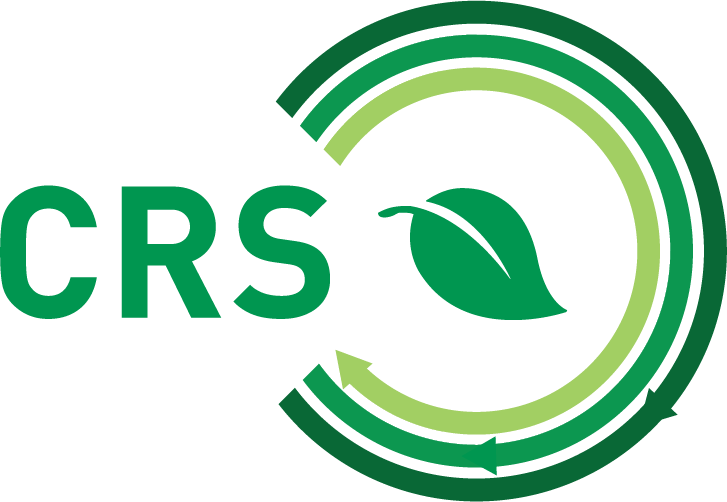
08 Apr Deforestation in soy supply chains: what does it mean & what to do about it?
Deforestation in soy supply chains: what does it mean & what to do about it?
2020-10
Deforestation in soy supply chains: what does it mean & what to do about it?
| Deforestation is increasingly getting attention in end markets. Often directly linked to agriculture and sometimes directly to soy. These views may be true in some cases, yet in most cases the story is far more balanced. As Cefetra we are not going to argue that there is or isn’t an issue with deforestation. There is. Globally the total surface of (primary) forests is shrinking and we will have to see how to reverse this trend, even if our direct link to it might be minimal. All should do all they can.
That is why, already back in 2008 we launched our Certified Responsible Soya (CRS) standard for responsible production of soy. This standard, which is aligned with the RTRS standard and is recognized as being FEFAC-compliant has the strictest stance on deforestation: for CRS none is allowed after May 2009, whereas other standards accept deforestation until varying later dates. But then a next question may arise: what exactly is deforestation? Just saying ‘the cutting of trees’ would oversimplify the situation in the real world. Although there is a forest on definitions, it was most helpful to see that market and NGOs alike embraced the definitions of the Accountability Framework initiative (AFi): Loss of natural forest as a result of: i) conversion to agriculture or other non-forest land use; ii) conversion to a tree plantation; or iii) severe and sustained degradation. This was very helpful! And that is why we chose to apply this definition to our CRS standard. But this is not all there is to tell about definitions in this context. Not all nature is a forest (and not all forests are nature, but we leave that for another moment). In and around soy growing areas we also see other ecosystems, like Cerrado and Chaco. These are better described as savannah or savannah-like landscapes. Also very biodiverse (i.e. home to many plant- and animal species), but… not forests. That’s why there is another definition, which covers this: conversion. Luckily AFi also has a widely accepted definition for that: Change of a natural ecosystem to another land use or profound change in a natural ecosystem’s species composition, structure or function. This too is integrated in our CRS standard, with the same cut-off date: May 2009. All soy grown at farms which are certified under the CRS standard have no deforestation, nor conversion after May 2009. Traceability: towards physical flows using the Cefetra Area Mass Balance model At Cefetra we are linked to virtually all actors in the supply chain: from farms and their input providers, all the way to end market players, like retailers. An increasing trend we have been actively engaged in is working towards traceable, transparent, sustainable flows of product. Yet, commodity trade has been built around efficiency of producing and transporting a commoditized product from A to B in an as cost-effective way as possible. As this includes bulking of several incoming flows in multiple stages of the supply chain, this brings challenges to traceability, as one might expect. The highest level of traceability would be if a product in an end market could be linked directly to its original source. In the case of CRS: a soy farmer. Although this level might prove too difficult, we strive towards getting as close to this as possible. With the Area Mass Balance model, which we invented well over 10 years ago, we are building up sustainable supply in the supply base of our direct suppliers, with the assumption that if we build up supply there, eventually the flow might be large enough to step up to a higher level of traceability, like Mass Balance and eventually to Segregation, at reasonable prices. The pricing is key, because if too much segregation efforts are done for too small a flow the price per ton would rise to levels most markets are unwilling to pay. Yet with our Area Mass Balance we offer a model to the market which supports sustainable production as well as improved traceability over time. In addition, we are also piloting with new initiatives, like Mass Balance flows from some of our suppliers. We are investigating possibilities to work with remote sensing (to monitor deforestation using satellite imaging), etc. |


Sorry, the comment form is closed at this time.